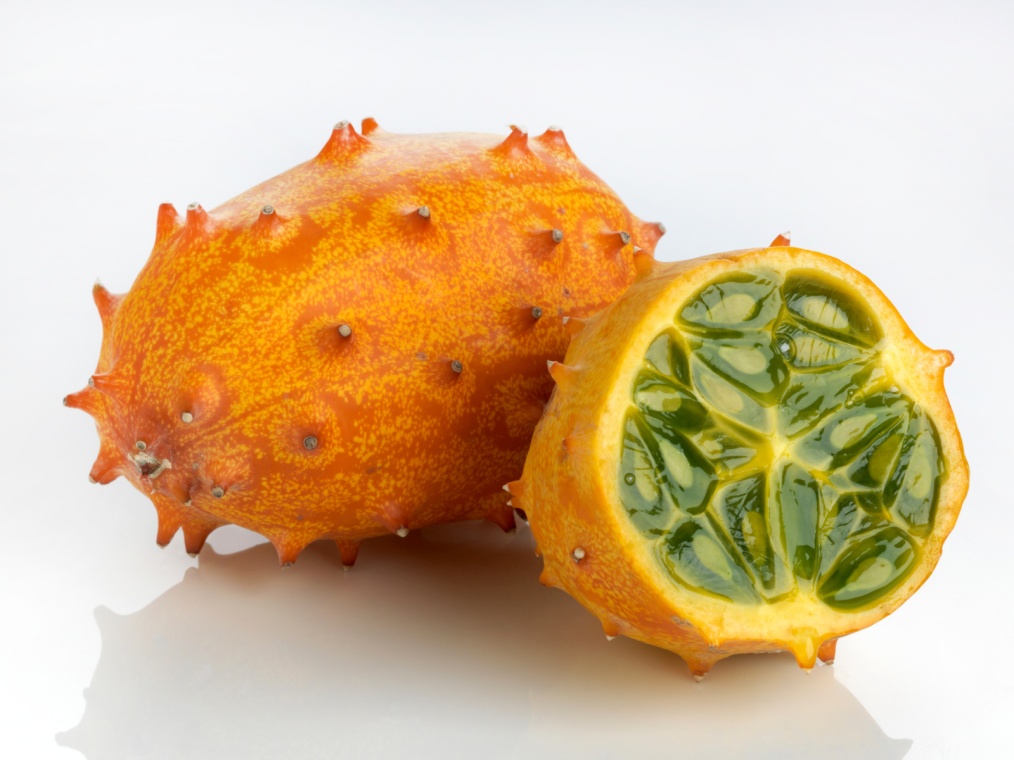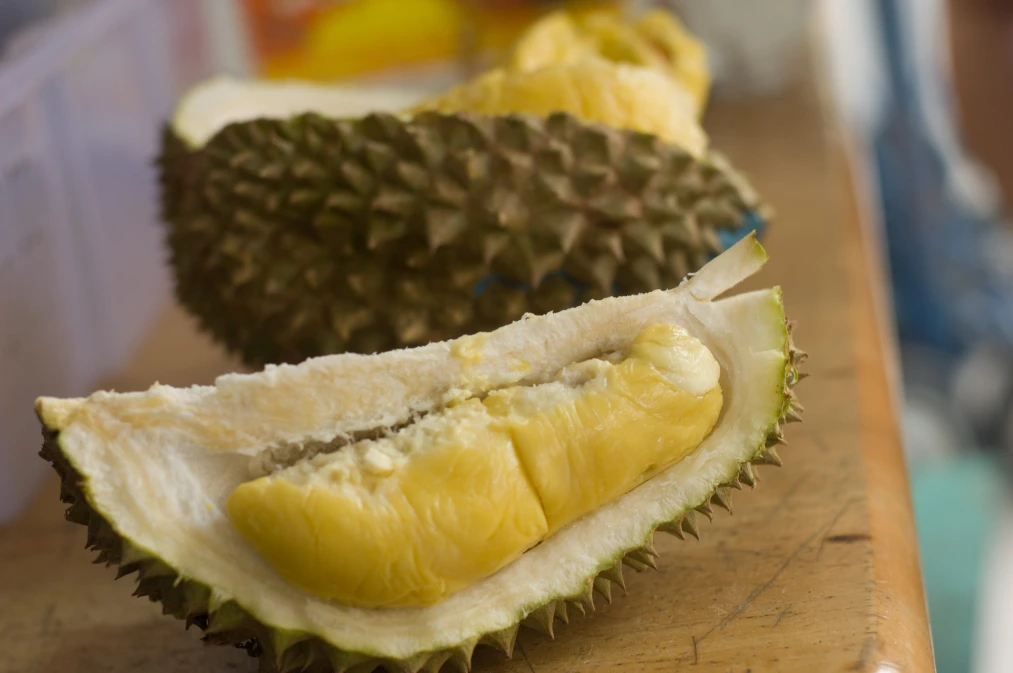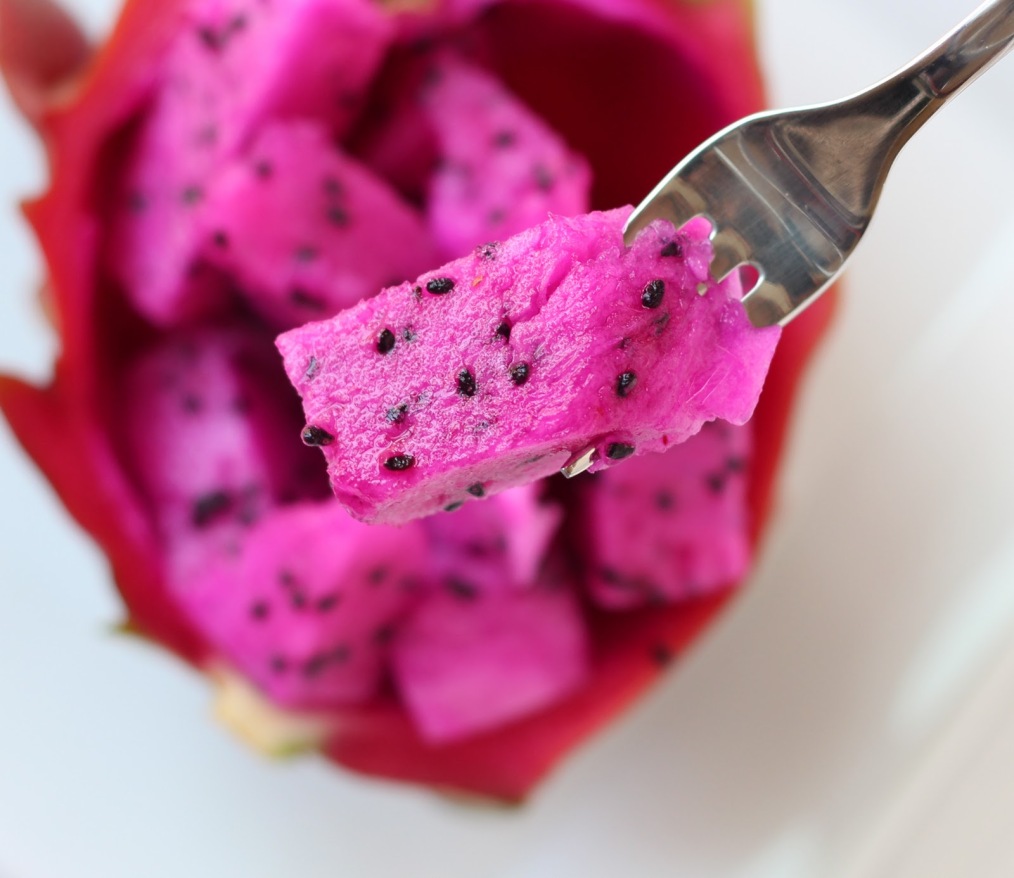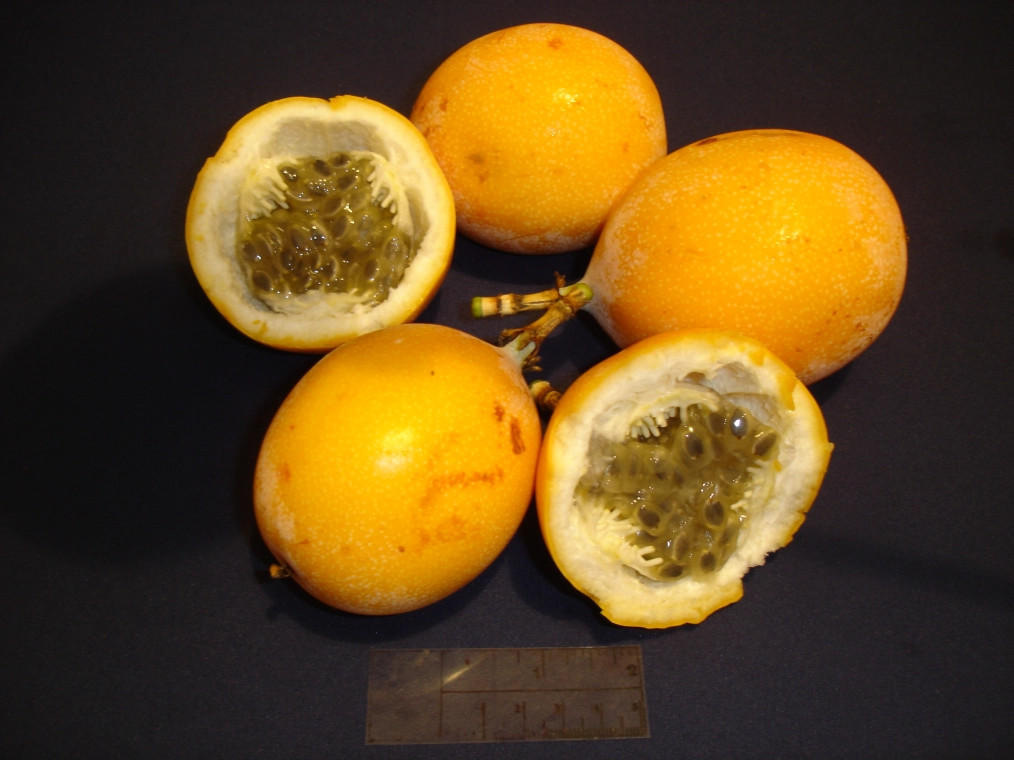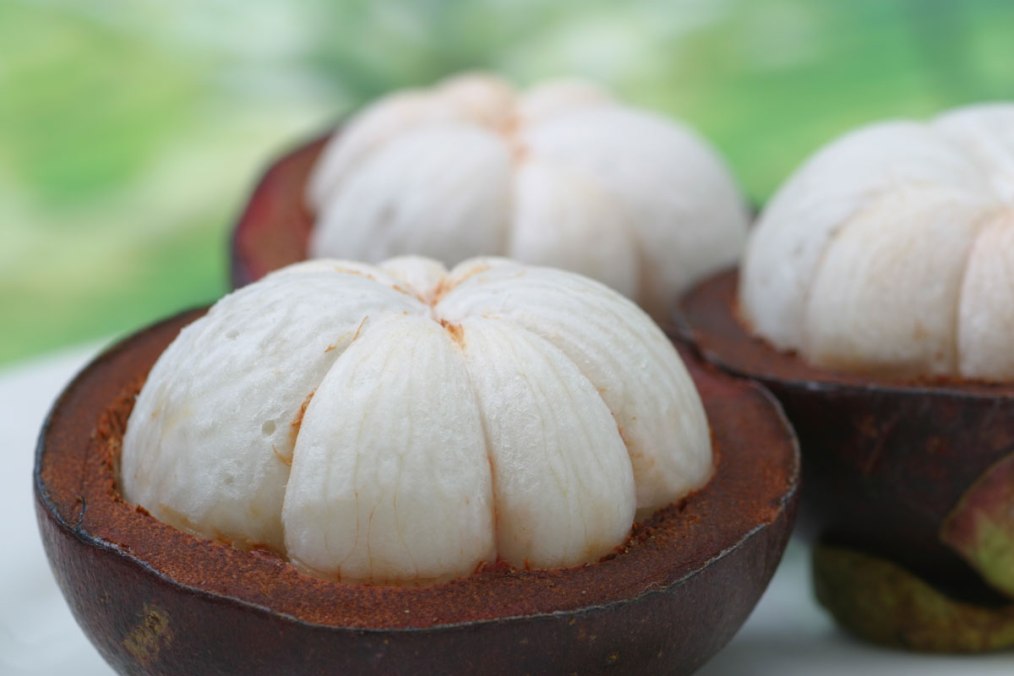Top five: exotic fruits you’ve never eaten

Americans have access to an astonishing array of produce, brought from all around the world to the most diverse country on Earth. However, some strange and wonderful fruits never leave their homes in the tropics, or are confined to specialty stores or the small overpriced ‘exotic’ section in supermarkets. This list explores some of the world’s most fantastical fruits that have yet to hit mainstream America. See how many of these natural oddities you recognize…
1. Horned Melon
Originally from Africa, the horned melon has a striking orange exterior with large spikes protruding from all sides. Its watery, green flesh is full of small seeds, and has a mild, sour flavor. Horned melons have managed to make it to the states, but only in small numbers.
2. Durian
In its native Southeast Asia, the durian has been given the title, “the king of fruits,” so named for its large size, thorny husk, and unusual odor that help animals find it in the wild. The durian’s yellow flesh has the consistency of custard and has a very strong flavor and smell, which has been compared to everything from almonds to turpentine. One species has made it to the U.S., and is now a common site in Asian grocery stores, especially in large cities.
3. Pitaya
Also known as dragon fruit, pitayas are quite a sight to behold, with brightly colored skin and beautiful white or fuchsia flesh. These cactus fruits have a pleasantly smooth texture, but are lacking in the flavor department. Originally from Central and South America, pitayas have since made it to other parts of the world, but in the States they aren’t something you see every day.
4. Sweet granadilla
Granadillas are larger cousins of the more widely known passion fruit. Underneath their smooth yellow skin is a juicy, seedy pulp that looks a lot like snot but has a delightful, complex flavor that is both sour and sweet. Granadillas are native to South America, and are extremely difficult to find in the United States.
5. Mangosteen
You may have heard of mangosteen from health foods products, but few Americans have actually tried them fresh due to strict import laws and a short, irregular growing season. Where they are available in this country, they are usually extremely expensive. That being said, if you ever come across fresh mangosteen, it’s worth splurging at least one time—the juicy white interior of this tomato-sized fruit is among the biosphere’s most nutritious and delicious, with hints of strawberry, peach, and vanilla.
-Gabriel Spieler

